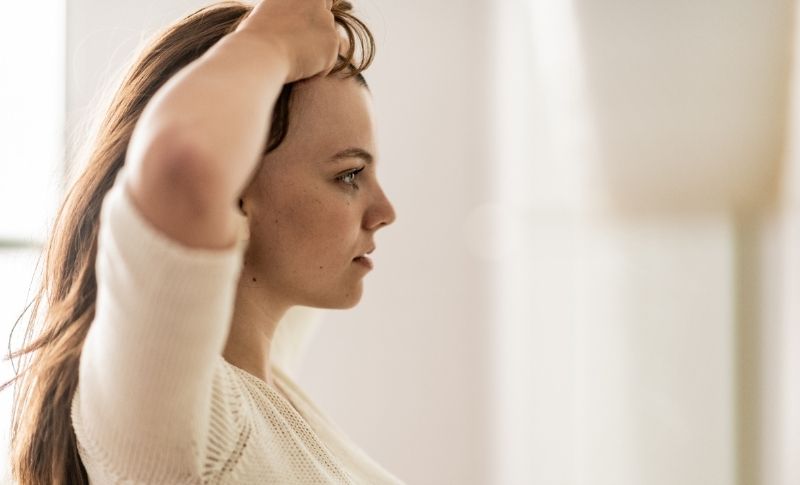Savin scale for diagnosis of androgenetic alopecia in women
The Savin scale of hair loss in women was developed in 1996 by Dr Savin, based at Yale University, and colleague Dr Tranick who worked for the pharmaceutical company Upjohn. They felt that there was a need for consistent methodology for the recording and classification of hair loss patterns and hair density variations in men and women with androgenetic alopecia. They came up with 9 computer images, which are now typically referred to as the Savin scale, as an accurate pictorial classification scale to quantify pattern hair loss clinically in women. The staged illustrations provided a finer visual gradient of hair loss pattern and density than the previous classification scale for women with pattern baldness (the Ludwig scale).

The Savin scale was validated with a study to demonstrate the accuracy of the Savin scale, its ease of use, and the consistency with which it could be used by different people evaluating the same people with hair loss. Six investigators were given a copy of the scale and told to evaluate 45 women with various degrees of hair loss. Each investigator then recorded what pattern of hair loss on the Savin scale each individual had. At the end, the data from each investigator was collected and statistics used to see how similar the recorded results were between the different investigators. The results suggested the Savin scale was a useful tool for measuring degrees of hair loss in women with fair consistency between different investigators using the same scale. However, Drs Savin and Trancik did suggest that investigators needed to be trained in the use of the scales to improve the consistency of recording degrees of hair loss by different people.
Savin Scale


- In the first image (labeled I-1) the central parting of a woman with no hair loss is shown.
- The images 2 to 4 (labeled I-2, I-3, I-4) the width of the parting gets progressively wider indicating thinner hair along the center of the scalp.
- The images labeled II-1 and II-2 show diffuse thinning of the hair over the top of the scalp.
- The image labeled III represents a woman with extensive diffuse hair loss on top of the scalp, but some hair does survive.
- The image labeled “advanced” represents a woman with extensive hair loss and little to no surviving hair in the alopecia affected area. Very few women ever reach this stage and if they do it is usually because they have a condition that causes significant, abnormally excessive androgen hormone production.
- The last image in the Savin scale is somewhat different, it shows a woman with a pattern of hair loss that is described as “frontally accentuated”. That means there is more hair loss at the front and center of the hair parting instead of just in the top middle of the scalp.
Today there are four different scales of hair loss in women put forward by different doctors;
- Savin Scale
- The Ludwig Scale
- Olsen Scale
- The Ebling – Rook Scale
but the detail of the Savin scale has made it popular with pharmaceutical companies conducting clinical trials of treatments for pattern hair loss in women.




